We are all aware of the popular and fancy dog breeds found in India and across the world. However, when it comes to cats, we often consider 3-4 known breeds including the Indian Mau, Persian, Himalayan and Siamese. If you are thinking of adopting a cat in India, you should know about these 10 super popular cat breeds in India that are suitable for the Indian climate. And about the 10 cat breeds that are popular in India but highly unsuitable for our climate.
Most cats are sturdy and healthy, but a few breeds are also prone to more genetic disorders and congenital issues as compared to the others. You should know all about the maintenance, health risks, nutritional needs and climate suitability of your desired cat breeds before you bring a kitten home.
Here, you can find a complete guide that can help you decide which breed is ideal for you and your lifestyle.
Popular Cat Breeds Suitable in India for Our Climate
- Indian Billi (Desi Cat)
- Bengal Cat
- Siamese Cat
- Bombay Cat
- Abyssinian Cat
- Oriental Shorthair
- Egyptian Mau
- American Shorthair
- Russian Blue
- Devon Rex
Popular Cat Breeds in India that are Unsuitable for the Indian Climate
- Persian Cat
- Maine Coon
- Himalayan Cat
- British Shorthair
- Scottish Fold
- Ragdoll Cat
- Norwegian Forest Cat
- Turkish Angora
- Birman Cat
- Sphynx Cat
Consider the Weather While Considering Cat Breeds in India for Adoption
When looking at cat breeds, you should consider the Indian climate and the weather conditions of the city or state you live in. For example, Mumbai is much more humid as compared to Delhi NCR, and Mussoorie can be cooler than either of these places even during peak summer months.
So, the choice of breed will be influenced by where you stay, whether you have air conditioning and the accessibility of veterinary care. If you live in hotter cities, short-haired cats like the Indie Mau (Indian Billi), Bombay Cat, Siamese, or Egyptian Mau may be ideal choices.
If you live in a cooler city or have the facility of 24/7 air conditioning, you can consider long-haired and double-coated cat breeds such as the Himalayan, Persian or even Maine Coon.
In the next two tables, you will be able to understand the coat types, maintenance and grooming requirements of 20 popular cat breeds found in India.
Everything You Need to Know about 10 Popular Cat Breeds in India Suitable for the Indian Climate

About The Top 10 Popular Cat Breeds in India Suitable for the Indian Climate
1. Indian Billi (Desi Cat or Indie Mau)
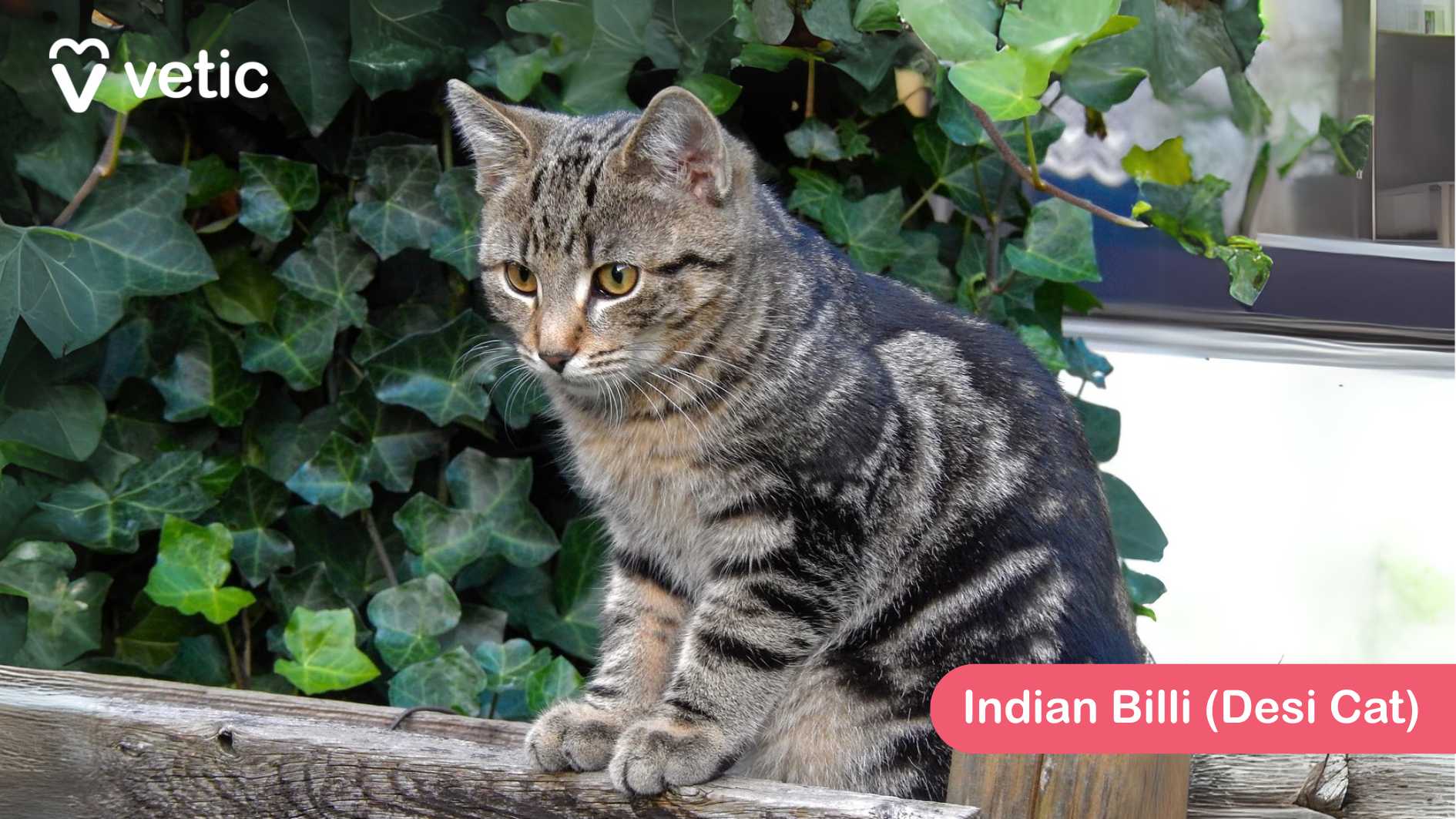
Indian Billi also known as the Indie Mau, Desi Cat or Spotted Cat is by far the best suited breed for all Indian climates and weather conditions. They can tolerate high temperatures and humidity due to their short coat and sturdy constitution.
They have evolved for centuries as per the Indian climate conditions. You can see them on the streets, and in people’s homes. Although they are independent and low-maintenance, they require significant human interaction when kept as indoor pets.
They are moderate to high energy cats with an average lifespan of 10 to 18 years.
2. Bengal Cat
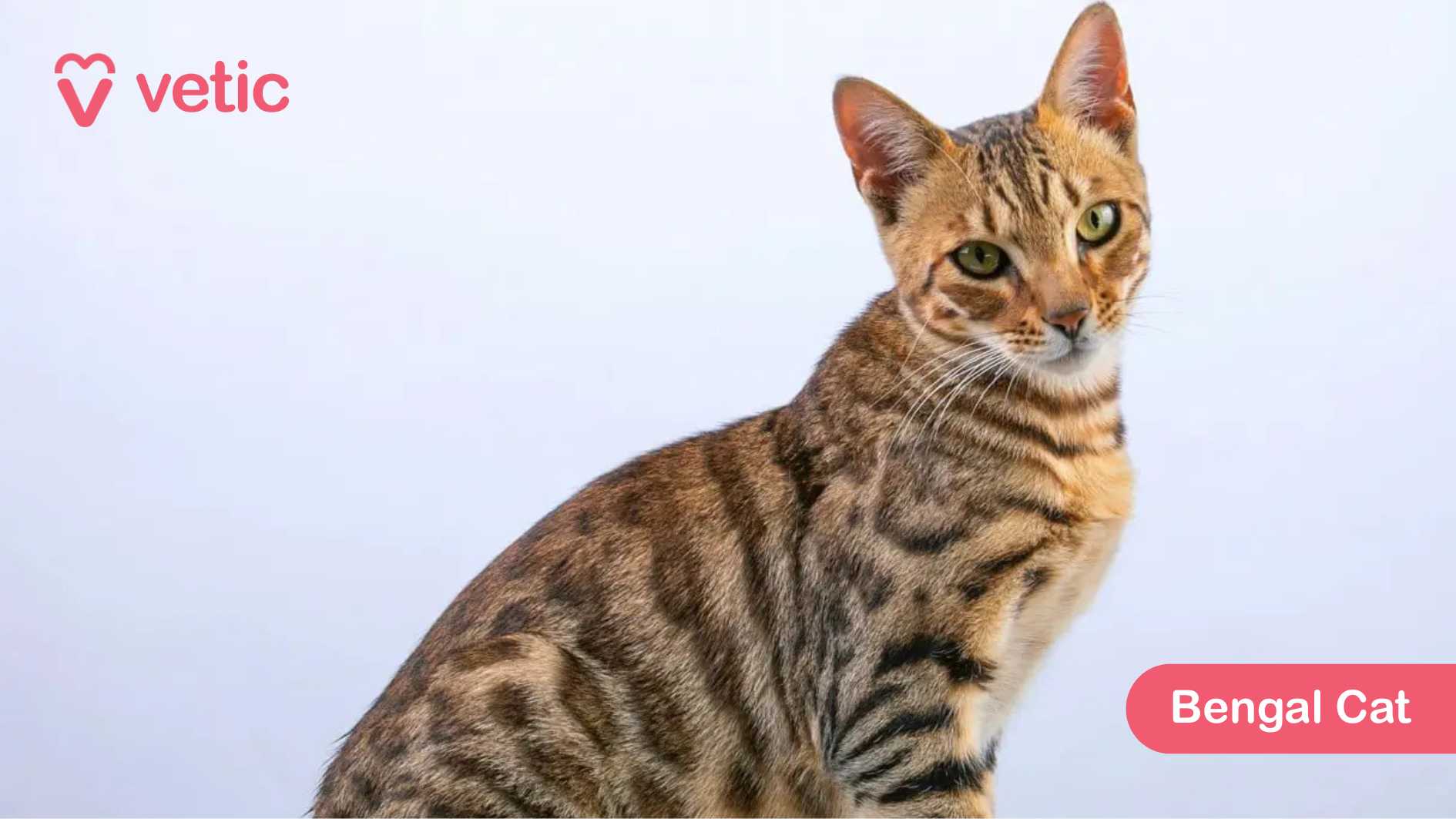
Don’t be fooled by the name. They are not from Bengal, but they have the coat pattern similar to the large Bengal cats. The Bengal Cat breed is a popular breed in India now, but they were created in the US by crossing the Asian Leopard Cat with other domestic cat breeds.
They are super high-energy cats who require intense play time. They are friendly, independent and playful. They require minimal grooming due to their short coat and low shedding. Many claim the Bengal Cat breed to be a hypoallergenic cat breed.
The Bengal cat breed is predisposed to quite a few health conditions including HCM, Bengal progressive retinal atrophy and ulcerative nasal dermatitis. The breed has an average life expectancy of 9 to 12 years.
3. Siamese Cat
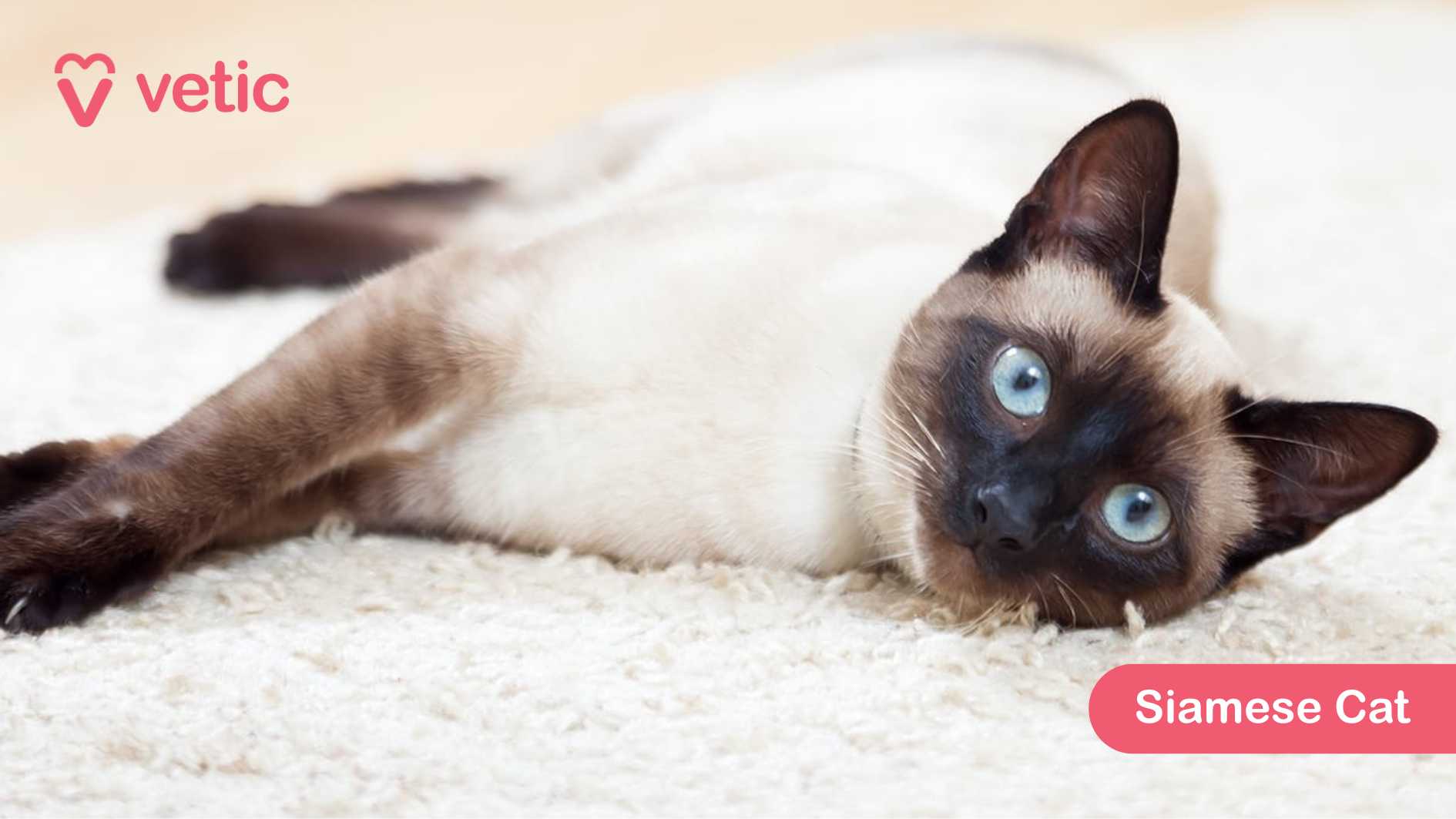
The Siamese cat is an Asian breed of cat which is native
to Thailand. They are popular for their distinctive blue eyes, black extremities and face (point colouration). The point colouration in Siamese cats can darken or fade over the years depending on their ambient temperature.
The Siamese cat breed is extremely affectionate, intelligent and social. They are the “extroverts” of the feline world. They often choose to be beside their humans rather than hunt.
Siamese cats have a predisposition to progressive retinal atrophy, alopecia, cancer and FLUTD. The average lifespan of Siamese cats is around 10 years.
4. Bombay Cat

Bombay Cats are named after the city (Bombay, now Mumbai). They are completely black in color with yellow to copper-golden eyes. These short-haired, muscular cats are spritely with a high hunting drive.
They are highly social cats with strong attachment to their humans. Some may also consider them attention seekers! They are the perfect cat breed for families who desire an interactive but strictly indoor cat.
They are medium-sized cats who weigh between 2.5 and 5 kg. They are typically healthy with an average life expectancy of at least 15 years. The only noted health risks of Bombay cats are sinus problems and gingivitis.
5. Abyssinian Cat
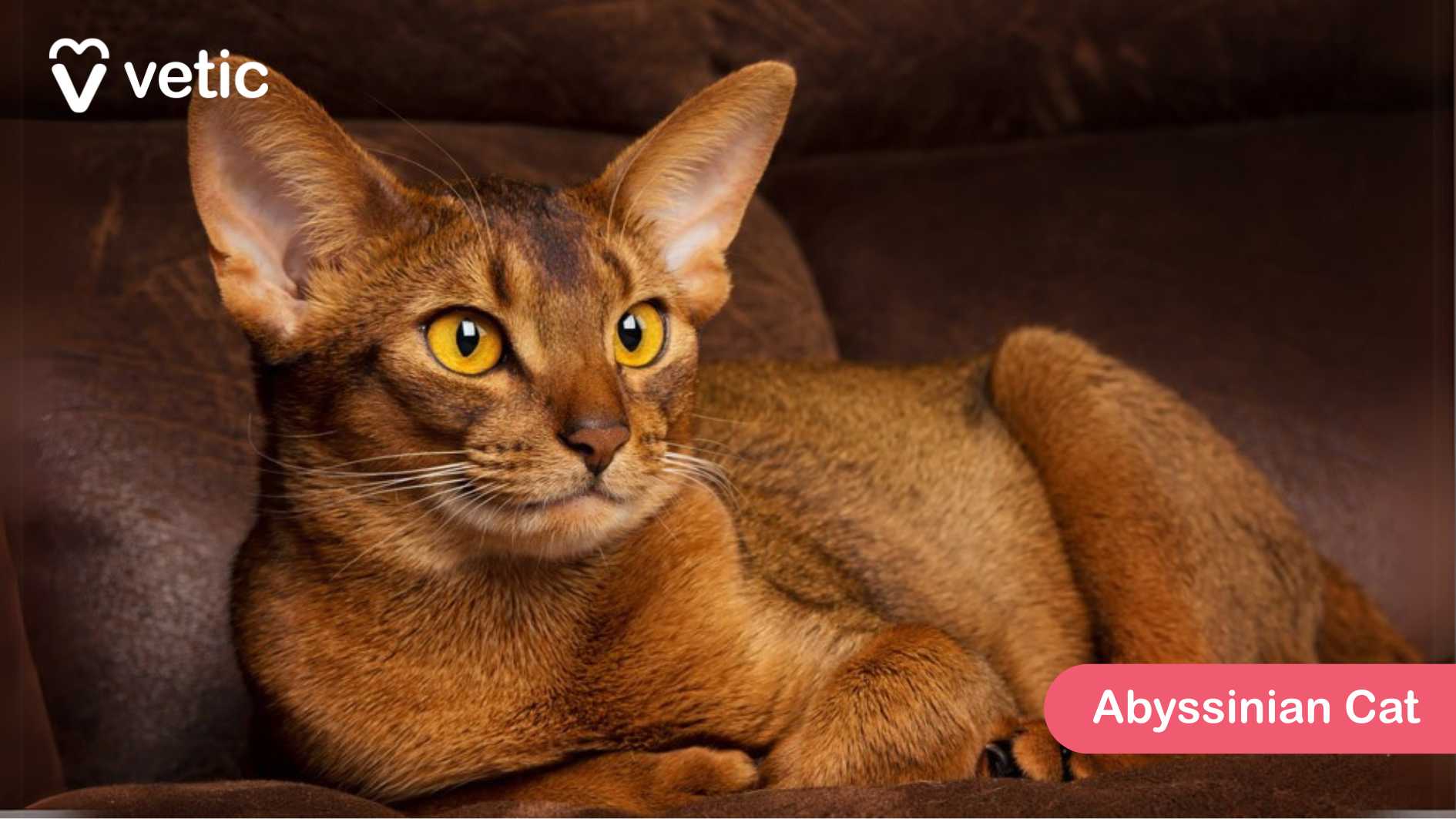
The Abyssinian cat breed is characterized by their ticked coat. They rose to popularity only recently – around 2016. The Abyssinian cats are longer, and leaner compared to other cat breeds mentioned in this list.
They have a unique personality rarely seen in other breeds – they love human companionship and shadow their humans around the house. They are active, explorative and super playful, which often leads to their comparison with dogs.
The health concerns of the Abyssinian cat breed includes familial renal amyloidosis, FIP, blindness and feline atopic dermatitis.
6. Oriental Shorthair
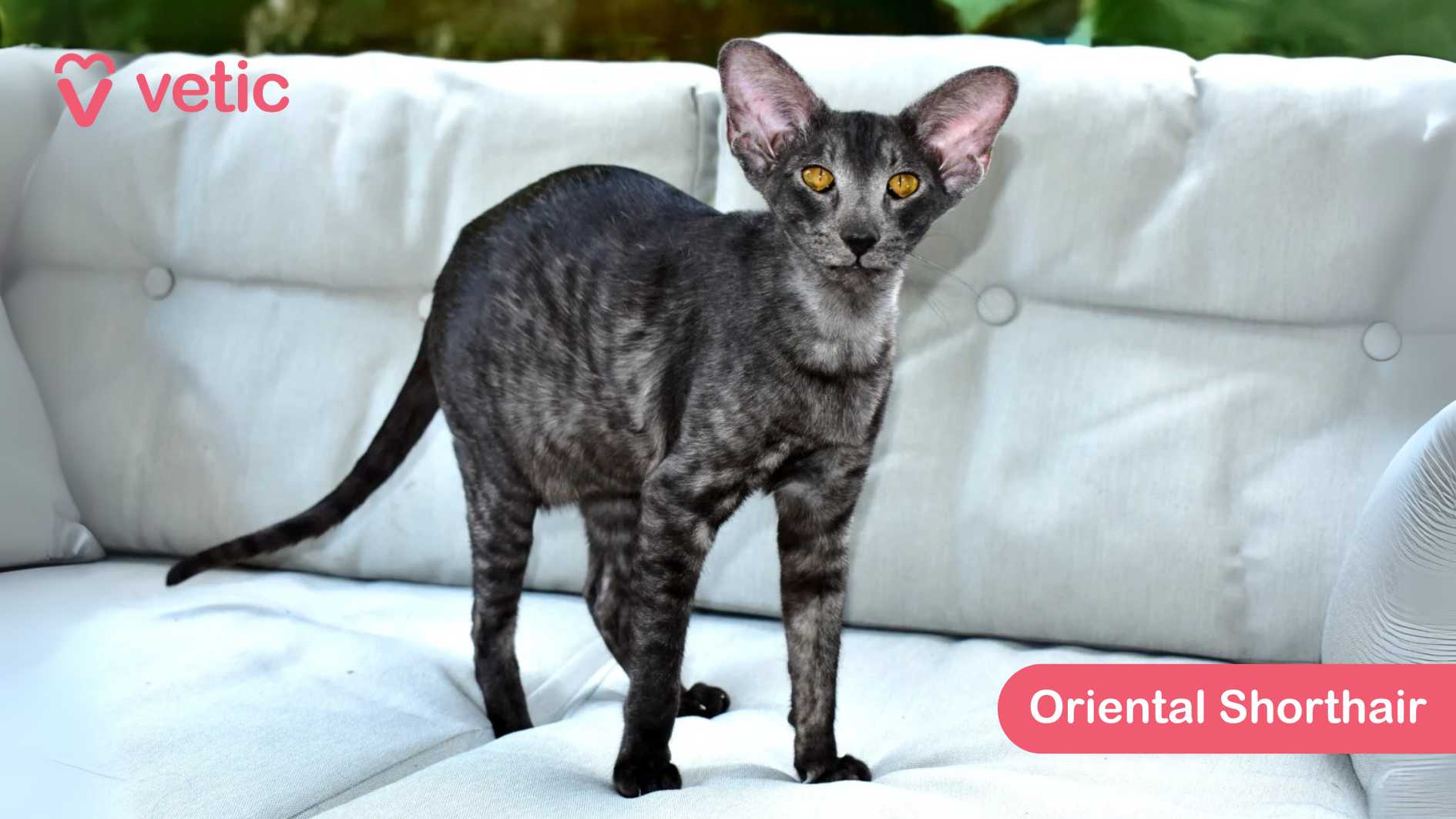
The Oriental Shorthair breed is closely related to the Siamese breed. While their facial features and physical appearance are similar to Siamese, they come in a multitude of colours ranging from pure white to classic tabby.
Their eyes can be blue, green or yellow. Their roots are in Thailand but the Oriental Shorthair breed was developed in the US in the 70s.
The Oriental Shorthair cat breed are considered “talkative”, curious, high energy and mobile. They are perfect for expert pet parents who have experience with the feline family.
7. Egyptian Mau
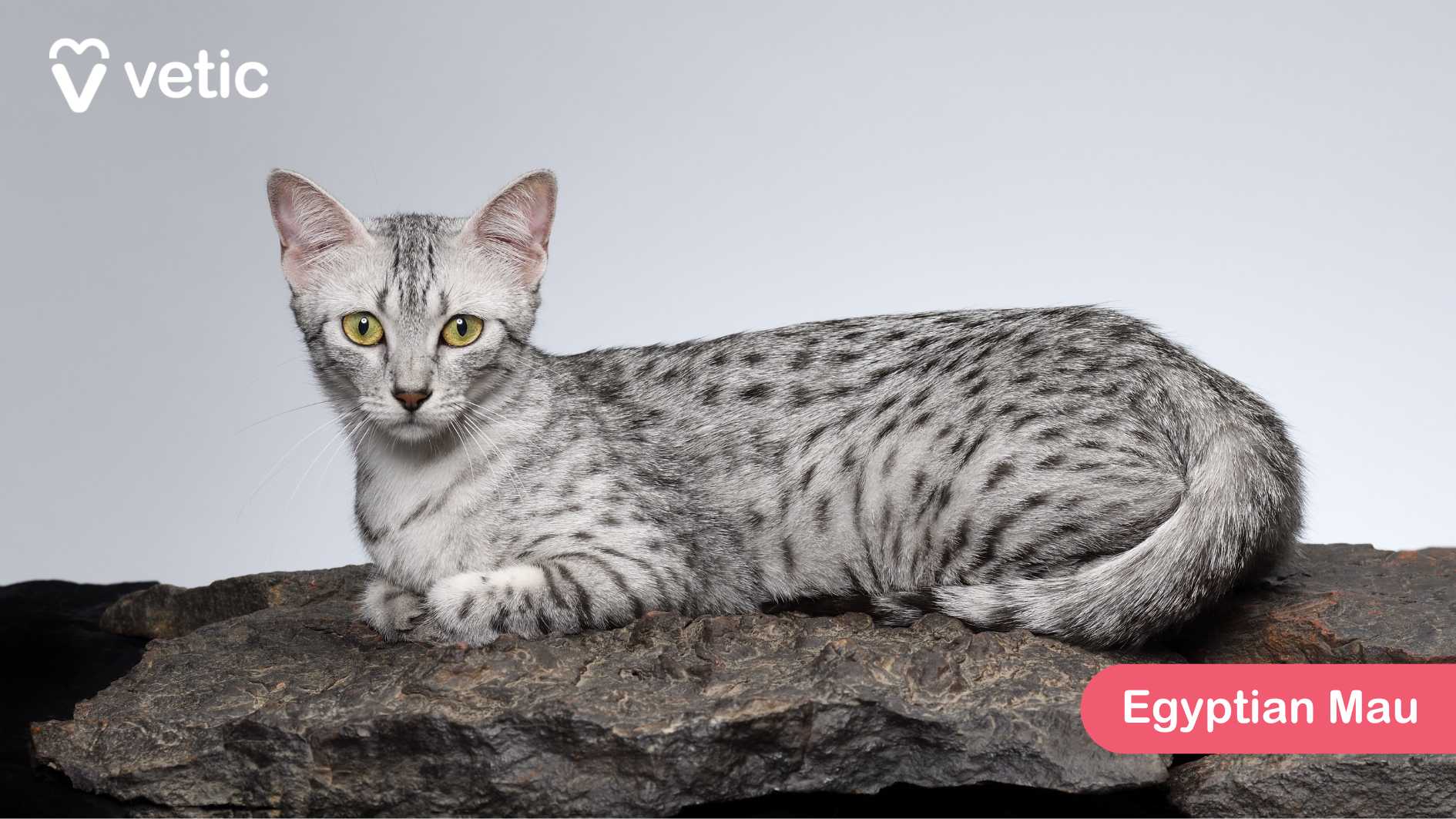
This is an Egyptian breed of domestic cats that have natural spots. They are usually small to medium in size. They are considered the fastest of all domestic cat breeds. The Egyptian Mau is still a rare breed but their popularity is rising rapidly due to their cute looks and great overall health.
They have a high occurrence rate of bladder stones. But they are considered healthy and low-maintenance as compared to other cat breeds such as Persian, Himalayan and Maine Coon.
However, they are high energy cats who require a lot of playtime and human interaction. They are friendly and fairly easy to train. With the right care, they can live up to 15 years.
Did you know?
While the gestation period for most domesticated cats is around 64 to 67 days, the Egyptian Mau has a gestation period of 73 days!
8. American Shorthair

In 2020, the American Shorthair was the 8th most popular cat breed in the world. They are popular for their super cute look – larger head, almost round eyes, short nose and stocky build. Their short coat makes them popular among parents who can’t groom their cats every day!
The American Shorthair can be brown-patched/blotched, or tones of brown, black, white and even silver. Sadly, a genetic mutation has linked feline polycystic kidney disease to the American shorthair cat breeds.
Their short coat, sturdy health and tolerance for heat make them quite suitable for the Indian climate. The average life expectancy of American Shorthair cat breeds is around 18 to 20 years.
9. Russian Blue
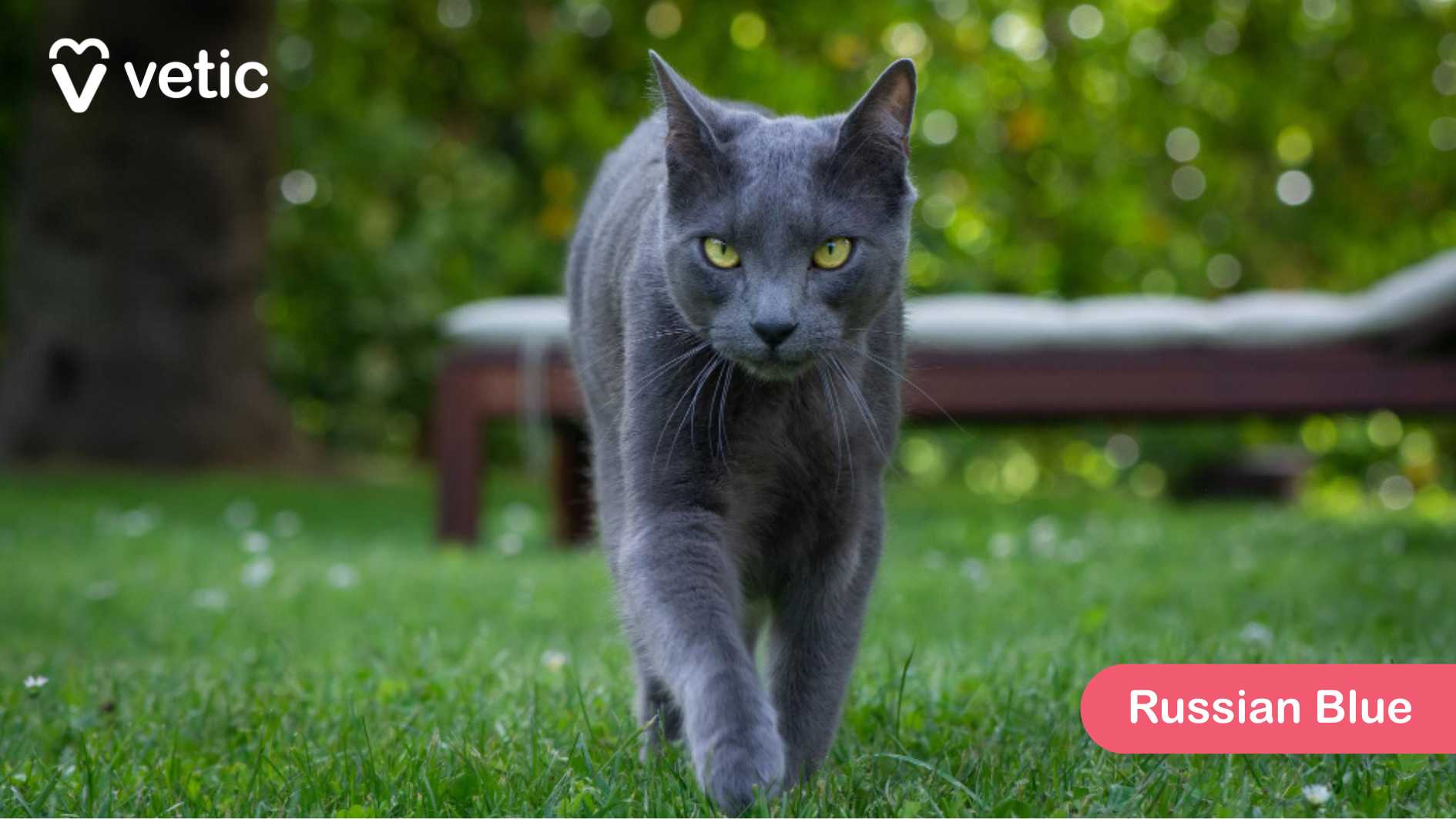
The Russian Blue cat breed has become increasingly popular even in India due to its distinct silvery to dark bluish gray colour. They have a short coat and pale blue or yellow eyes. Although named Russian Blue, the current breed we see today were bred after the second World War in the US.
They are distinctly quiet and reserved cats. They do not prefer being around strangers. They are not “talkers”. However, they are natural predators with oodles of energy. They like to leap and climb. So if you are planning to adopt a Russian Blue in India, get ready to set up a cat jungle gym or at least a cat tree!
Due to outbreeding in the 1940s, most Russian Blue cats are quite healthy and do not show high predisposition to genetic diseases and disorders. Their average lifespan is around 15 years with some cat parents reporting their cats reaching the age of 25 years.
10. Devon Rex
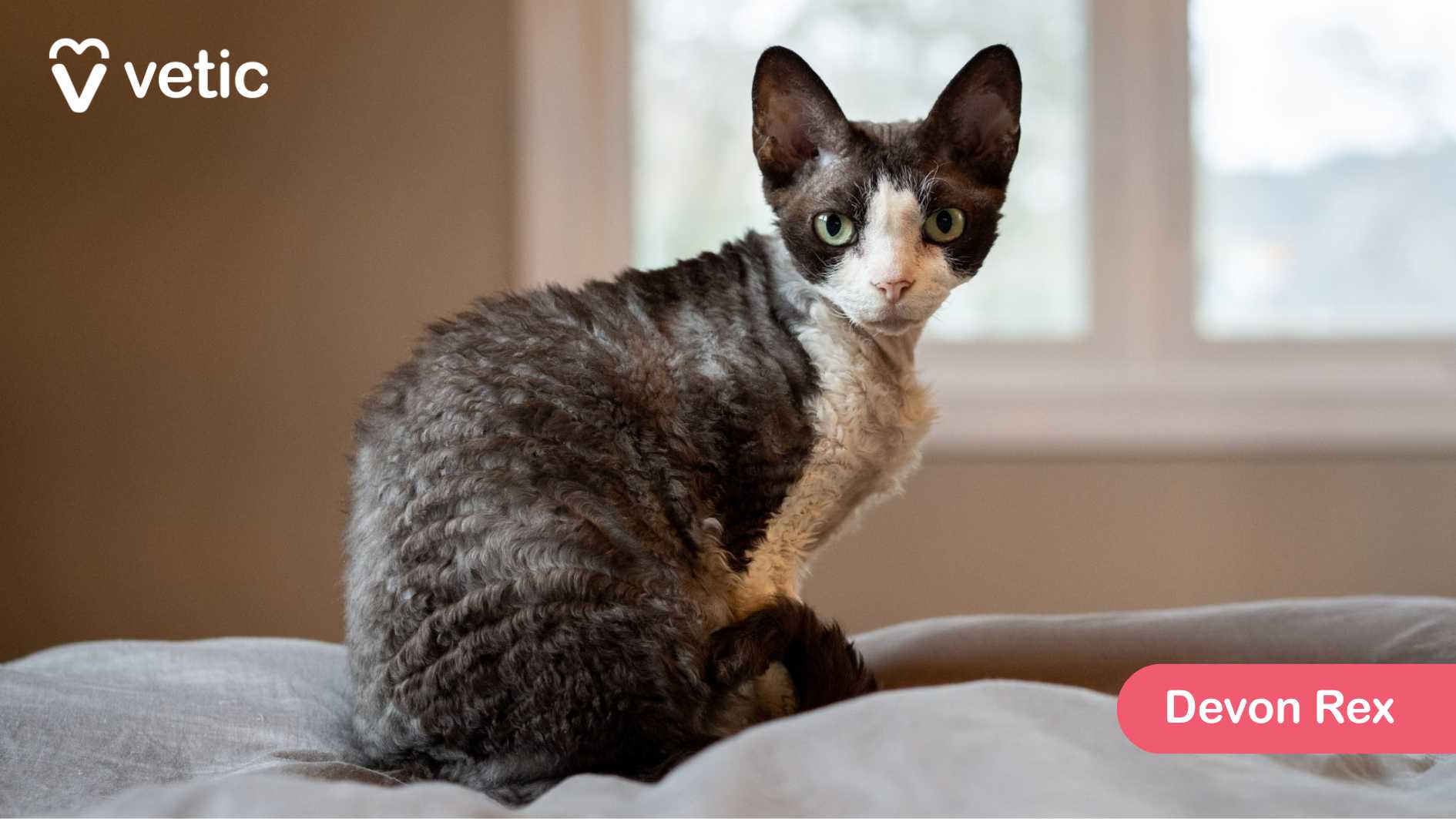
Known for their curiously large ears and eyes, the Devon Rex is a short-haired and wavy coated cat that originated in England. Their pixie-like appearance has made them super popular with cat lovers across the world.
Their colours can range from black and orange, to spotted and Siamese colourings. They are usually playful and love playing with their peers. They can be curious, explorative and highly trainable.
They are quite suitable for tropical weather although they are predisposed to a number of skin conditions including feline atopic dermatitis and Malazzesia (yeast). Their expected lifespan is usually between 14 and 17 years.
Details of the 10 Popular Cat Breeds in India Not Suited for the Indian Climate

10 Popular Cat Breeds in India and Why They aren’t Suitable for the Indian Climate
11. Persian Cat
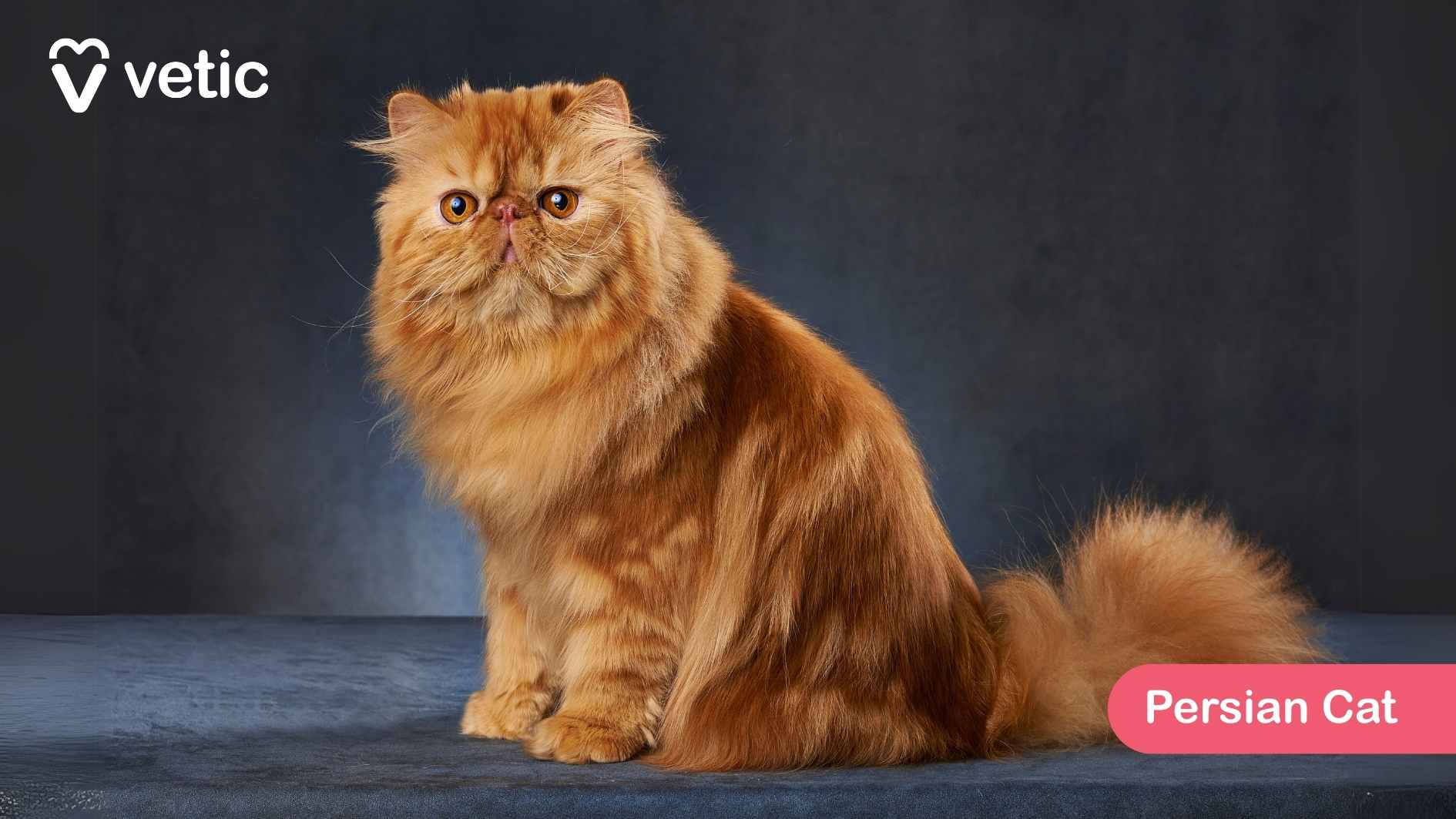
The Persian cat is one of the most recognizable breeds, originally from Persia (modern-day Iran). They have long, thick coats, flat faces, and large, expressive eyes. Their gentle and laid-back personality makes them great lap cats, but they are not very active.
Persians require extensive grooming due to their long fur, which is prone to matting. They are also prone to respiratory issues, eye infections, and polycystic kidney disease (PKD).
Their thick coat makes them prone to overheating in hot and humid climates. Additionally, their brachycephalic (flat-faced) structure can cause breathing difficulties in extreme temperatures.
12. Maine Coon

Originating from the cold forests of North America, the Maine Coon is a giant breed known for its luxurious long fur, tufted ears, and bushy tail. They are affectionate, playful, and highly intelligent, making them excellent family pets.
Despite their size and strength, Maine Coons are prone to hypertrophic cardiomyopathy (HCM), hip dysplasia, and spinal muscular atrophy. They are high-energy cats that require plenty of space to move.
Why are Maine Coon cats unsuitable for India? Their thick, water-resistant double coat is designed for harsh winters, making them prone to overheating in warm climates. They also require frequent grooming, which can be challenging in humid regions.
13. Himalayan Cat
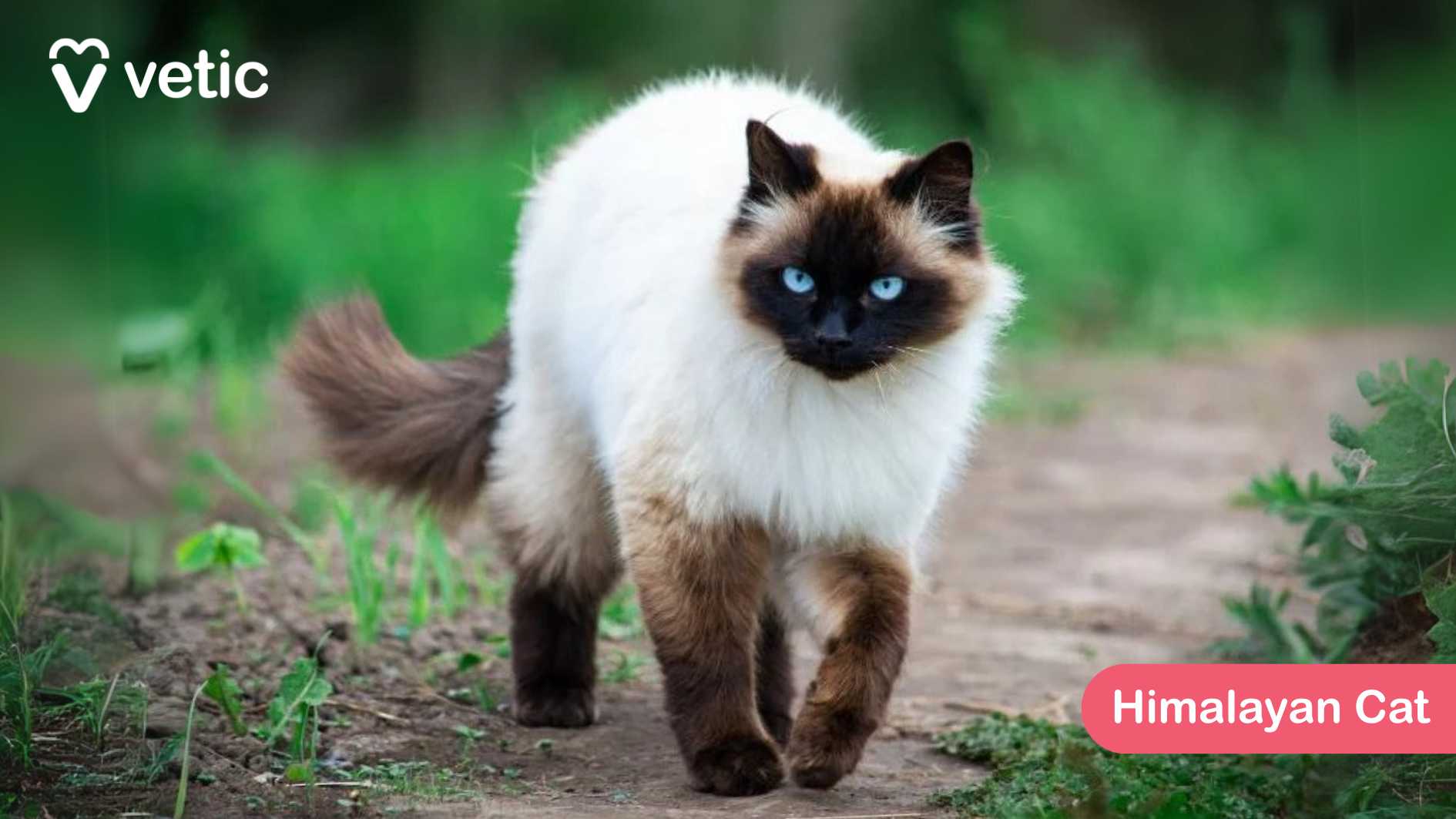
A cross between the Persian and Siamese breeds, the Himalayan cat has a long, dense coat with point coloration and striking blue eyes. They are calm, affectionate, and prefer a quiet environment.
Like Persians, Himalayans are prone to breathing issues due to their flat faces. They also have a higher risk of kidney disease, heart problems, and eye infections.
Their thick fur makes them highly vulnerable to heat, and they require air-conditioned environments to stay comfortable. Their grooming needs are also extensive, making them a high-maintenance breed in hot and humid regions.
14. British Shorthair
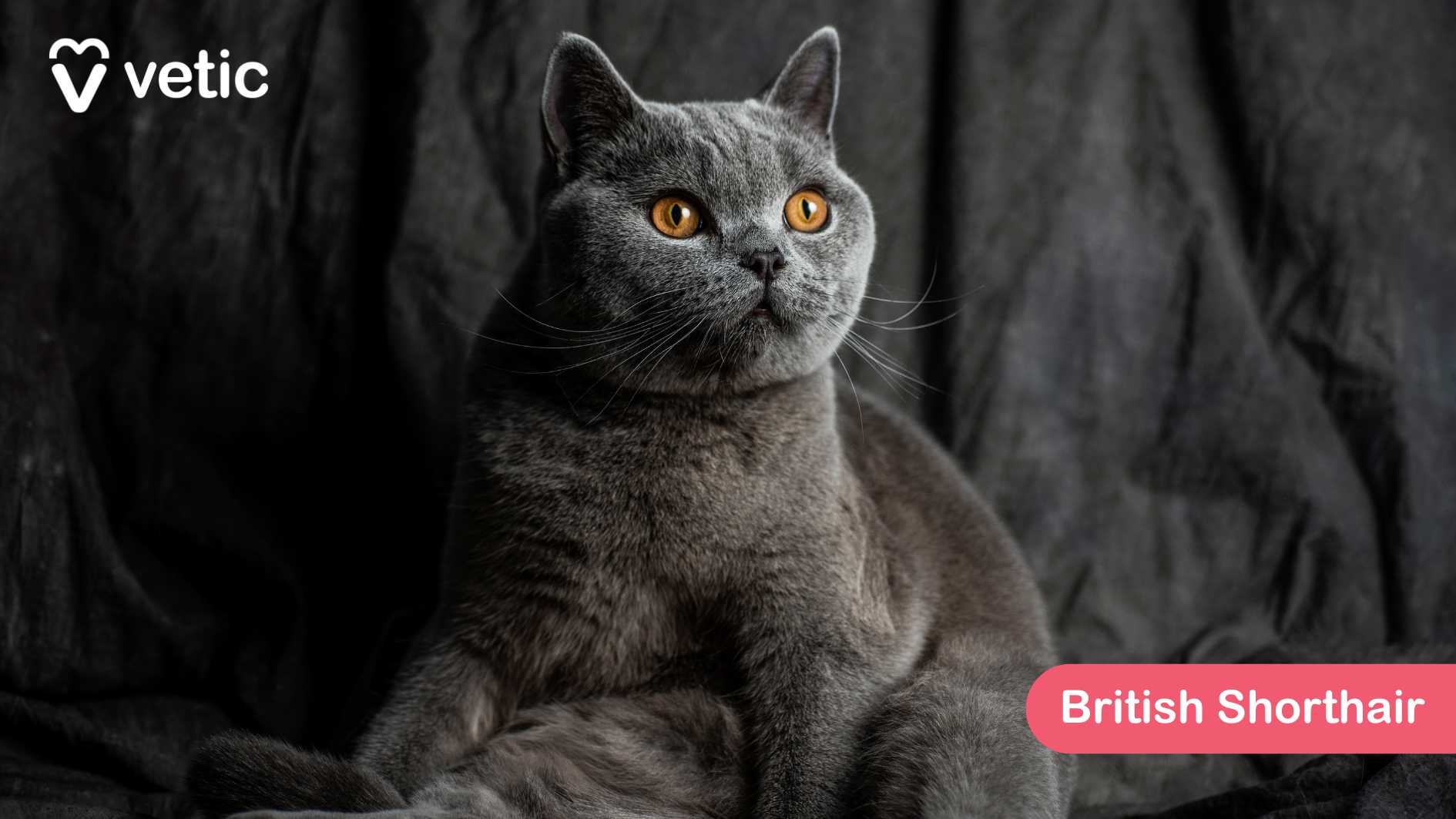
Originally from the UK, the British Shorthair is a stocky, medium-to-large cat with a plush, dense coat. They are calm, independent, and affectionate but not overly clingy.
They are generally a hardy breed but can suffer from obesity, heart disease, and polycystic kidney disease. Their short yet thick fur sheds year-round and requires regular grooming.
Despite having short fur, their dense undercoat retains heat, making them prone to overheating. They are also not as active as other breeds, which can lead to weight gain in warmer climates.
15. Scottish Fold

The Scottish Fold, famous for its folded ears, originated in Scotland. They have round faces, expressive eyes, and a sweet, affectionate nature. They enjoy human interaction but are not highly energetic.
They are prone to joint and cartilage disorders, such as osteochondrodysplasia, which affects their mobility. They also have a higher risk of heart disease and obesity.
Their dense fur makes them uncomfortable in hot climates. Additionally, their genetic predisposition to bone issues can worsen in extreme temperatures.
16. Ragdoll Cat

Developed in the US, the Ragdoll is known for its striking blue eyes, semi-long coat, and docile nature. They are affectionate, enjoy being carried, and are highly social.
They have a genetic predisposition to hypertrophic cardiomyopathy (HCM) and bladder stones. Their relaxed nature also makes them less capable of defending themselves if let outdoors.
Their thick fur makes them prone to overheating, and they require cool indoor environments. They also shed heavily, requiring regular grooming, which can be challenging in humid conditions.
17. Norwegian Forest Cat
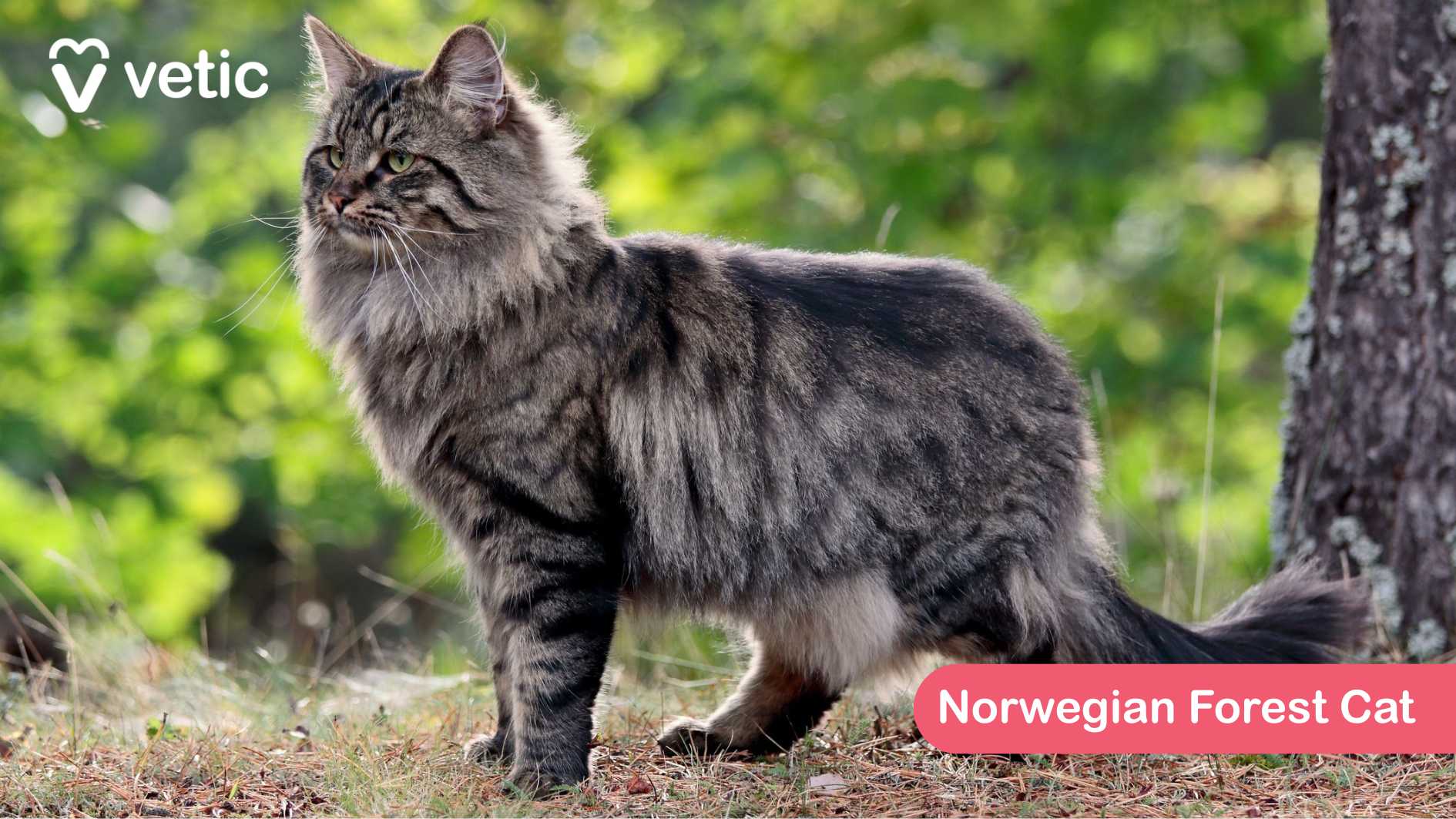
This ancient Scandinavian breed has a dense, waterproof double coat that protects it from freezing temperatures. They are large, muscular cats with tufted ears and a thick ruff of fur around their neck.
The Norwegian Forest Cats are independent, intelligent, and playful. However, they are prone to heart disease, hip dysplasia, and glycogen storage disease.
Their thick coat, designed for harsh winters, causes discomfort in hot climates. They require regular grooming to prevent matting, which can be difficult in humid regions.
18. Turkish Angora
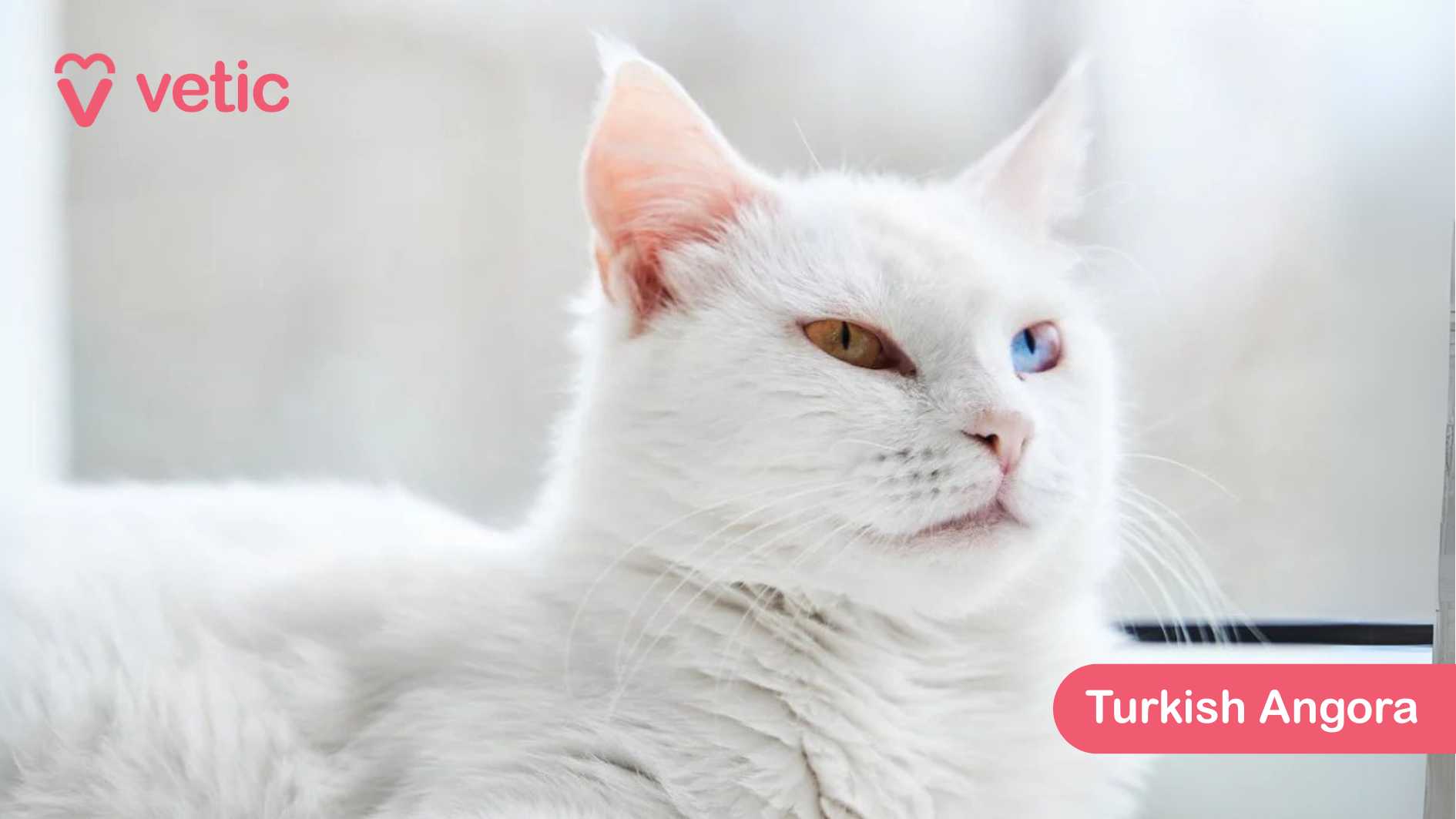
One of the oldest natural breeds, the Turkish Angora is a slender, elegant cat with a long, silky coat. They are intelligent, active, and enjoy socializing with their humans.
They are prone to hereditary ataxia (a neurological disorder) and deafness, especially in white-coated individuals with blue eyes.
Their long coat can make them prone to overheating, and they require regular grooming. They are also highly active cats, which can lead to exhaustion in hot weather.
19. Birman Cat
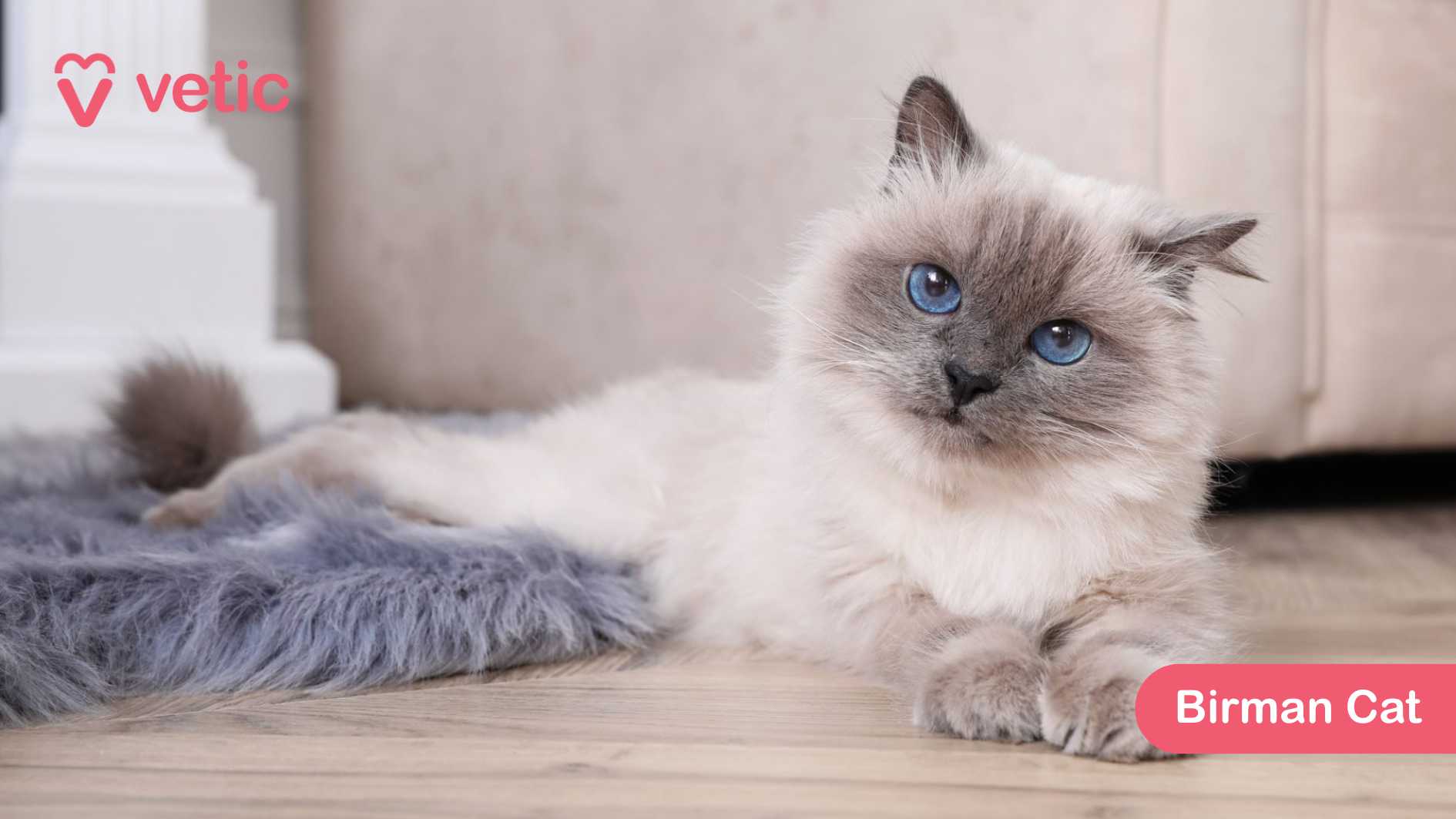
Originating from Burma (Myanmar), the Birman cat has a medium-length coat, blue eyes, and a gentle personality. They are affectionate, friendly, and enjoy human company.
They are generally healthy but can suffer from kidney disease, heart issues, and obesity. Their coat does not mat as easily as other long-haired breeds, but it still requires grooming.
Although their fur is less dense than Persians or Maine Coons, it still makes them prone to heat stress. Their sociable nature also means they prefer indoor environments with a controlled climate.
20. Sphynx Cat

Unlike the other breeds on this list, the Sphynx is hairless and was developed in Canada. They have large ears, wrinkled skin, and an affectionate, playful nature.
Due to their lack of fur, they have a high metabolic rate and require frequent feeding. They are prone to heart disease, skin infections, and dental issues.
While their lack of fur may seem ideal for hot climates, Sphynx cats have sensitive skin that is easily sunburned. They require sunscreen or protective clothing if exposed to the sun, making them high-maintenance in warm regions.
Should You Adopt a Popular Cat Breed in India?
Whether you’re looking for a playful companion, a low-maintenance buddy, or a social lap cat, there’s a breed out there that matches your lifestyle. From the resilient Indian Billi to the affectionate Siamese and energetic Bengal, India is home to a wide range of cat breeds that thrive in our climate and living conditions.
While exotic breeds may look adorable, it’s important to choose a cat that can adapt well to the Indian weather and requires care that you’re ready to provide.
Before bringing home a cat, always consult a veterinarian or pet expert to understand the breed’s health needs, grooming requirements, and personality traits. And remember—regardless of breed, every cat deserves love, care, and a safe home.
Looking to adopt? Start with breeds that are naturally suited to the Indian climate like the Indian Cat or Indie Mau. They’re not just easier to care for—they’re also more likely to live long, healthy lives by your side.

